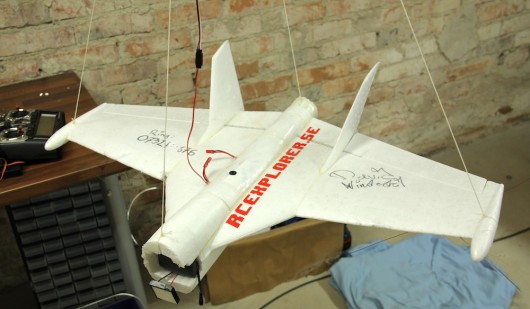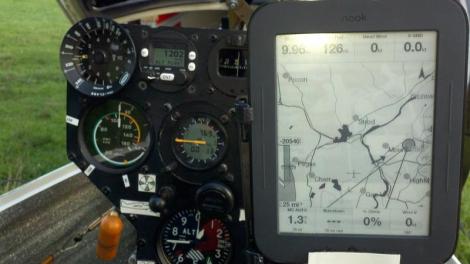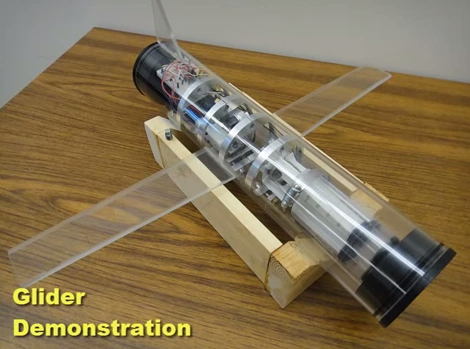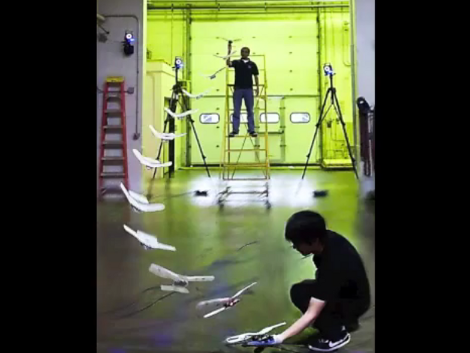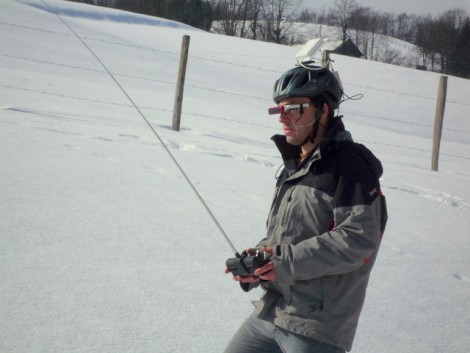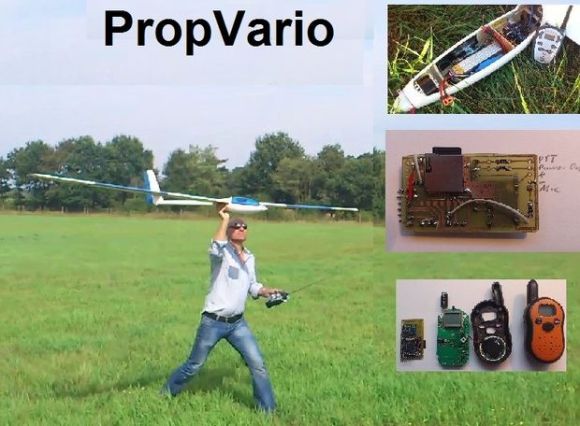
Lift. For a sailplane pilot it means the difference between a nice relaxing flight, or searching for an open area to land. Finding lift isn’t always easy though. This is especially true when the sailplane is hundreds of meters above a pilot whose feet are planted firmly on the ground. That’s why [Tharkun] created PropVario. PropVario is a combination variometer and altimeter for Radio Controlled sailplanes. We’ve seen a few variometers in the past, most often for full-scale sailplane or hang glider pilots. Almost every full-scale plane has a variometer as part of its suite of gauges – usually called a rate of climb or vertical speed indicator.
R/C pilots don’t have the luxury of looking at a gauge while flying though. At altitude even large 2 meter gliders can appear to the naked eye as no more than a dot. It would be somewhat embarrassing to lose sight of your glider because you were checking gauges. The solution is actually simple. A varying audio tone indicates the rate of climb of the plane. Higher pitched tones mean the plane is going up. Lower pitched tones mean the plane is descending. This system, coupled with a simple radio transmitter, has been in use by R/C sailplane pilots for years.
Continue reading “PropVario, A Talking Variometer/Altimeter For RC Sailplanes”

